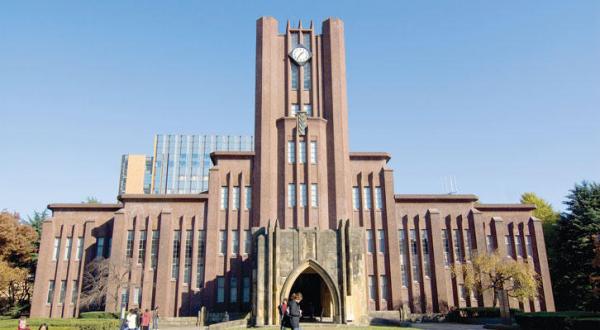London- U.S. universities continued topping the list of “The 100 Best Universities in the World” for the year 2016, according to the annual ranking issued by the educational appendix for the British “The Times” newspaper.
Harvard University has been ranked as the world’s best university for the sixth year in a row by the Times Higher Education rankings.
U.S. Ivy League colleges MIT and Stanford University took second and third places.
The UK remains the second most-represented nation in the list, with 10 universities topped by Cambridge and Oxford, which came in fourth and fifth place respectively.
However, two institutions, the University of Bristol and Durham University, have fallen out of the top 100. Seven of the 10 have slipped to lower positions.
Editor of Times Higher Education Rankings, Phil Baty, warned saying, “Perhaps the UK’s continued cuts in higher education funding and series of immigration measures affecting overseas students and scholars, are starting to have an impact on its global reputation.”
On the other hand, and although traditional big-name universities lead the pack, the 2016 rankings show Asian universities rising up the list.
Asia has increased its share of institutions in a global ranking of the world’s most prestigious universities. The continent has 18 institutions in the Times Higher Education World Reputation Rankings 2016, up from 10 last year.
Its top performer, Japan’s University of Tokyo, held on to 12th place, while China’s Tsinghua University and Peking University leaped eight and 11 places, respectively, to reach 18th and 21st places.
These two nations also led the region in the number of representatives in the top 100 list with five universities each, up from two each last year.
Meanwhile, South Korea and Hong Kong both gained one representative in the ranking, taking their total to two and three, respectively. Seoul National University and the University of Hong Kong, the nations’ top performers, sit in joint 45th place.
Phil Baty pointed out that the UK’s fall is taking place as universities in Asia continue to rise up the rankings.
In contrast, several European nations have lost ground, four of Germany’s six institutions and four of the Netherlands’ five representatives have dropped down the list, while Denmark and Finland no longer feature among the top 100. They each had one institution in last year’s ranking.
For its part, France scored better, with five French universities making the top 100 this year.
Moreover, three Australian, Canadian and Russian universities were included in the rankings; thus increasing by one in comparison to 2015.
One university from South America was included in the list, which is the Brazilian University of São Paulo that dropped many levels compared to last year; at a time when all Arab and African universities were not present on the list.
